- Written By Team DWS
- Festivals
- October 29, 2024
The Significance of Diwali: Understanding the Festival of Lights
Diwali, often referred to as the Festival of Lights, is one of the most significant and widely celebrated festivals in India and among Indian communities around the world. Rooted in ancient traditions and cultural values, Diwali is a time for celebration, reflection, and the triumph of light over darkness. With its rich history and diverse interpretations, understanding Diwali requires delving into the various themes it embodies: spirituality, community, renewal, and the joy of life.
The Mythological Roots of Diwali
Diwali's origins can be traced back to various ancient myths and legends from Hindu, Jain, Sikh, and Buddhist traditions. The most popular narrative associated with the festival is the return of Lord Rama to Ayodhya after 14 years of exile and the defeat of the demon king Ravana. The people of Ayodhya lit oil lamps to celebrate his homecoming, symbolizing the victory of good over evil.
In Jainism, Diwali marks the attainment of moksha (liberation) by Lord Mahavira, while Sikhs celebrate the release of Guru Hargobind Ji from imprisonment. The festival is also significant for Buddhists in some regions, as it commemorates the emperor Ashoka’s conversion to Buddhism. These multifaceted roots illustrate how Diwali embraces diverse cultures and religions, creating a collective experience of joy and reverence.
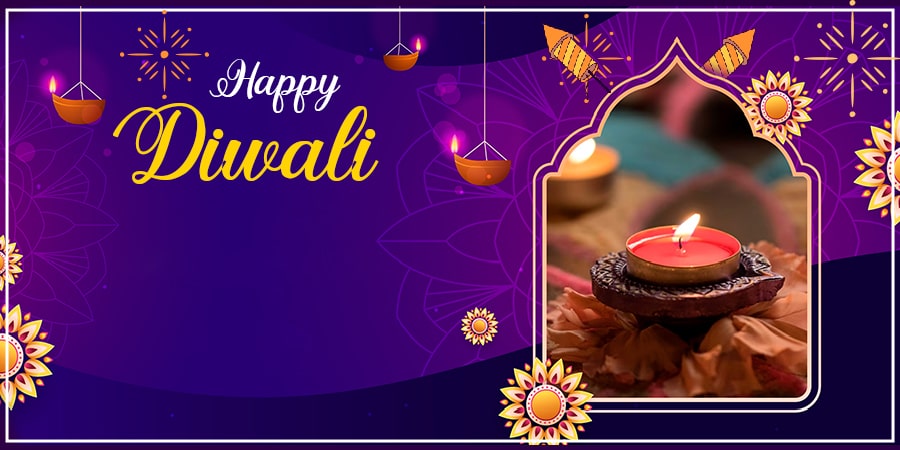
The Festival of Lights
The most recognizable aspect of Diwali is its association with light. Homes are adorned with diyas (oil lamps) and colorful rangolis (decorative patterns made from colored powders and flowers), creating a vibrant atmosphere that signifies the dispelling of ignorance and darkness. Fireworks illuminate the night sky, symbolizing the joyous spirit of the festival.
Lighting lamps serves a dual purpose. Metaphysically, it signifies the awakening of inner light and self-awareness, while socially, it acts as a means of coming together as a community. Light becomes a metaphor for knowledge, prosperity, and the hope for a brighter future, reminding everyone to seek enlightenment and inner peace.
Renewal and Rejuvenation
Diwali is also celebrated as an occasion for renewal and rejuvenation. Traditionally, it is a time when people clean and decorate their homes, symbolically warding off negativity and inviting prosperity. This practice encourages families to initiate new beginnings, whether by starting new business ventures, cultivating healthy habits, or simply rekindling relationships.
During Diwali, many engage in the practice of buying new clothes, exchanging gifts, and preparing an array of sweets and snacks. This ritual of generosity fosters a spirit of giving and strengthens bonds among families and friends. The act of sharing food, especially sweets called "mithais," serves as a gesture of goodwill, love, and celebration. It reinforces social ties and highlights the values of kindness and hospitality.
Spiritual Significance
At its core, Diwali is a deeply spiritual occasion. For many, it is a time for prayer and reflection, with prayers and rituals aimed at invoking blessings for health, wealth, and happiness. Families worship Saraswati, the goddess of knowledge, and Lakshmi, the goddess of wealth and prosperity, hoping to invite their blessings into their homes.
Diwali also aligns with the new moon, symbolizing the hope for new beginnings and the importance of moving forward in life. The festival allows individuals to contemplate their lives, making resolutions to improve their actions and relationships. This introspection is vital, as it encourages self-growth and resilience in facing life's challenges.
Community and Unity
Perhaps one of the most significant aspects of Diwali is its ability to bring people together. Across cultures and regions, families, friends, and communities celebrate Diwali as a unifying force. In cities and towns, colorful parades, cultural performances, and community gatherings showcase shared heritage and traditions, allowing individuals to connect despite differences.
As people share their joys and experiences during Diwali, they foster an atmosphere of inclusion and harmony. This communal aspect extends beyond boundaries, with many people engaging in charitable activities – donating food, clothes, and funds to those in need, reinforcing the festival’s core values of compassion and empathy.
The significance of Diwali transcends its origins as a religious festival. It symbolizes the universal themes of hope, triumph, and renewal. As people across the globe celebrate by lighting diyas, sharing sweets, and coming together in joyous gatherings, they embrace the essence of what Diwali truly represents – the celebration of life itself.
In a world often obscured by negativity, Diwali reminds us to illuminate our hearts, spread positivity, and cultivate compassion. As we revel in the lights and festivities, let us also reflect on the deeper meanings behind this cherished festival, carrying its spirit into our daily lives – as a constant reminder that light will always prevail over darkness.

Diwali FAQs: Your Essential Guide to the Festival of Lights
1. What is Diwali?
Diwali, also known as Deepavali, is a major Hindu festival celebrated across India and other countries. It symbolizes the victory of light over darkness and good over evil.
2. When is Diwali celebrated?
Diwali is celebrated on the 15th day of the Hindu month of Kartika, which usually falls between mid-October and mid-November. The exact date varies each year.
3. What are the main rituals associated with Diwali?
The major rituals include:
- Cleaning and decorating homes to welcome Goddess Lakshmi.
- Lighting diyas (oil lamps) and candles to signify the removal of darkness.
- Performing Lakshmi Puja on the main day of Diwali.
- Exchanging gifts and sweets among friends and family.
4. Why is Diwali celebrated?
Different regions and communities celebrate Diwali for various reasons. It is commonly associated with the return of Lord Rama to Ayodhya after defeating Ravana, the worship of Goddess Lakshmi, symbolizing wealth and prosperity, and the victory of Lord Krishna over the demon Narakasura.
5. What are some common Diwali traditions?
Traditions include:
- Decorating homes with rangoli (colorful patterns made with powders).
- Setting off fireworks and firecrackers.
- Preparing and sharing special festive foods and sweets.
- Visiting temples for prayers and seeking blessings.
6. Is Diwali celebrated by other religions?
Yes, Diwali is also celebrated by Jains (marking Lord Mahavira's liberation), Sikhs (commemorating Guru Hargobind Ji's release from imprisonment), and some Buddhists.
7. What is the significance of lighting diyas?
Lighting diyas symbolizes the inner light that protects from spiritual darkness. It represents hope, peace, and prosperity.
8. What kinds of sweets are made during Diwali?
Common sweets prepared during Diwali include ladoos, barfis, jalebis, and halwa. Different regions may have their specialties, such as gulab jamun and peda.
9. Are there any specific colors associated with Diwali?
Colors like gold, red, orange, and other bright shades are associated with Diwali, symbolizing joy, prosperity, and festivity.
10. How can I celebrate Diwali if I am not from a Hindu background?
You can celebrate Diwali by participating in community events, learning about the festival’s significance, enjoying festive meals with friends, and respecting and appreciating the customs and traditions.
11. What are some eco-friendly ways to celebrate Diwali?
To celebrate Diwali in an eco-friendly manner, consider using biodegradable decorations, minimizing firecracker usage, using LED lights, and making sweets at home instead of buying packaged ones.
12. How do people greet each other during Diwali?
People often greet each other with phrases like "Happy Diwali," "Shubh Deepavali," or "Diwali Mubarak."
Conclusion
Diwali is a joyous occasion celebrated with various customs and rituals that highlight the importance of light, hope, and good fortune. Whether you are familiar with the festival or new to it, understanding its significance can help you appreciate and enjoy this vibrant celebration.
Popular on Blogs
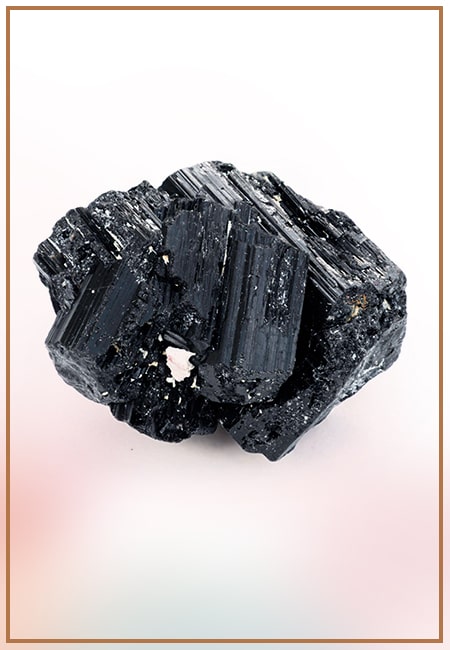
Black Tourmaline: Meaning, Healing Properties, Fascinating Facts, Powerful Attributes, Versatile Uses, and Beyond
September 05, 2023 / BY Team DWS
Black Tourmaline, also known as Schorl, is a highly revered crystal with incredible metaphysical properties. It derives its name from the Dutch word "turamali," meaning "stone with ..
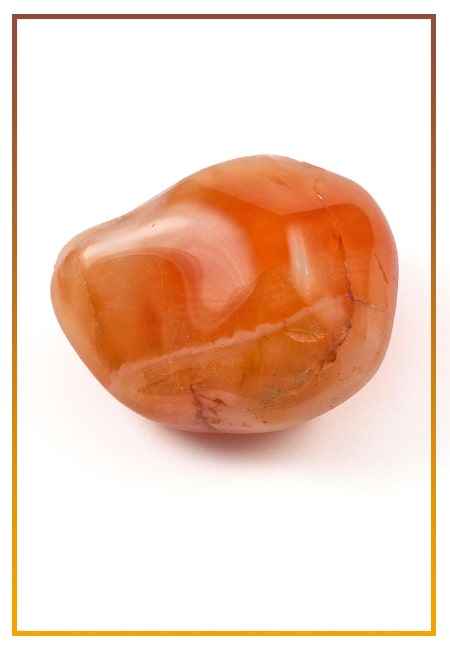
Carnelian Stone: Meaning, Healing Properties, Power, Facts, Color, Uses and More
December 26, 2023 / BY Team DWS
Carnelian is a vibrant and captivating gemstone that holds a plethora of meanings, healing properties, and powers. Its warm and fiery energy makes it a popular choice among crystal ..
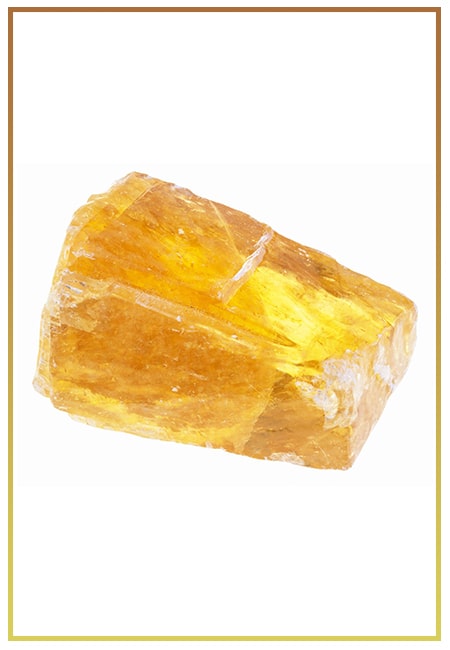
Citrine: Exploring its Meaning, Healing Properties, Fascinating Facts, Powers, Versatile Uses, and Much More
November 18, 2023 / BY Team DWS
Citrine, with its warm golden hues, has captured the attention and imagination of people for centuries. This beautiful gemstone, commonly associated with wealth and prosperity, hol ..

Black Onyx: Unveiling the Meaning, Healing Properties, Fascinating Facts, Powerful Attributes, Versatile Uses, and Beyond
July 25, 2023 / BY Team DWS
Black Onyx, a striking gemstone admired for its deep black hue and elegant appearance, has captivated people for centuries. In this comprehensive guide, we will delve into the mean ..

Unveiling the Mysteries of Turquoise Stone: Exploring its Meaning, Healing Properties, Power, Facts, Color, Uses, and More
December 05, 2023 / BY Team DWS
Turquoise, with its captivating blue-green hue, has been adorning jewelry and artifacts for centuries. This striking stone has a rich history, rich symbolism, and a plethora of int ..
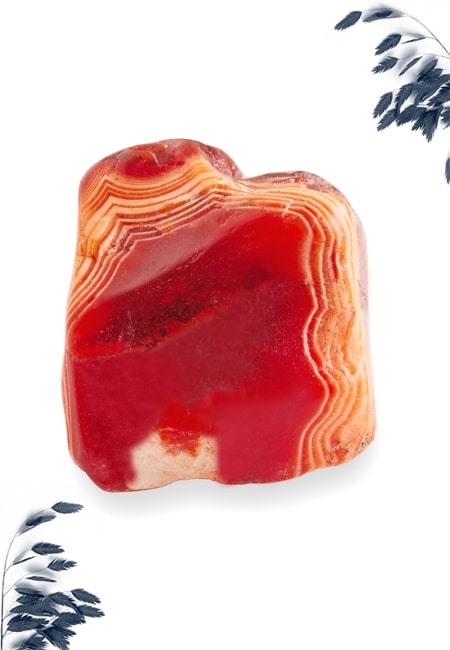
The History Behind The Popularity of Red Agate
December 23, 2022 / BY Team DWS
An Agate is a type of magma rock that takes many years till it is washed out naturally into the water. And that is the reason this stone has elements of water. This beautiful stone ..

Plan a Perfect Valentine's Week with Our Valentine Week List 2025
January 22, 2024 / BY Team DWS
Valentine's Day is undoubtedly the most romantic day of the year, but we believe that one day is just not enough to express your love and make your partner feel special. That's why ..
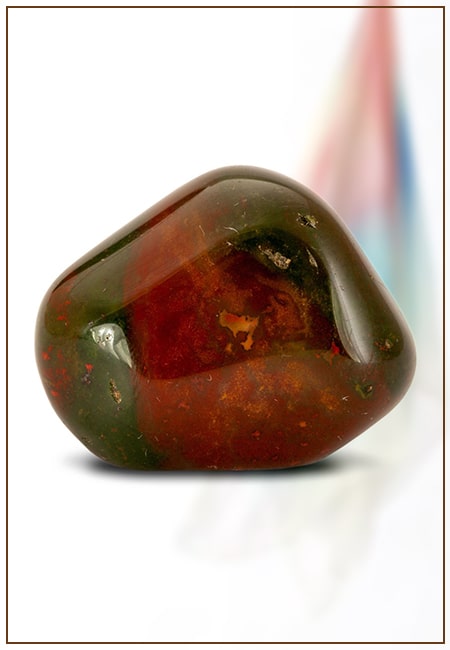
Bloodstone: Unveiling the Meaning, Healing Properties, Facts, Powers, Uses, and More
August 21, 2023 / BY Team DWS
Bloodstone, with its captivating deep green color with specks of red, is a mesmerizing gemstone that has fascinated civilizations for centuries. It possesses unique healing propert ..


